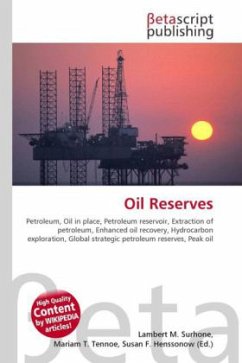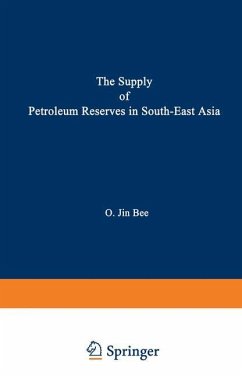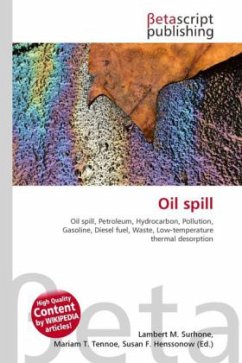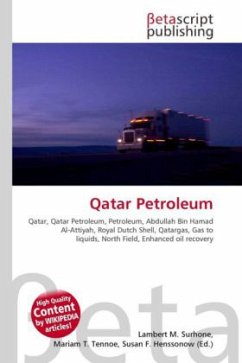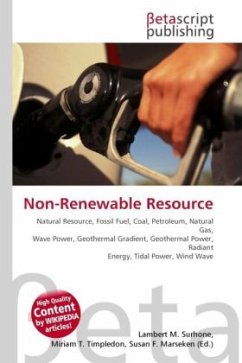Please note that the content of this book primarily consists of articles available from Wikipedia or other free sources online.Oil reserves are the estimated quantities of crude oil that are claimed to be recoverable under existing economic and operating conditions. The total estimated amount of oil in an oil reservoir, including both producible and non-producible oil, is called oil in place. However, because of reservoir characteristics and limitations in petroleum extraction technologies, only a fraction of this oil can be brought to the surface, and it is only this producible fraction that is considered to be reserves. The ratio of producible oil reserves to total oil in place for a given field is often referred to as the recovery factor. Recovery factors vary greatly among oil fields. The recovery factor of any particular field may change over time based on operating history and in response to changes in technology and economics. The recovery factor may also rise over time ifadditional investment is made in enhanced oil recovery techniques such as gas injection, water-flooding, or microbial enhanced oil recovery.
Bitte wählen Sie Ihr Anliegen aus.
Rechnungen
Retourenschein anfordern
Bestellstatus
Storno

